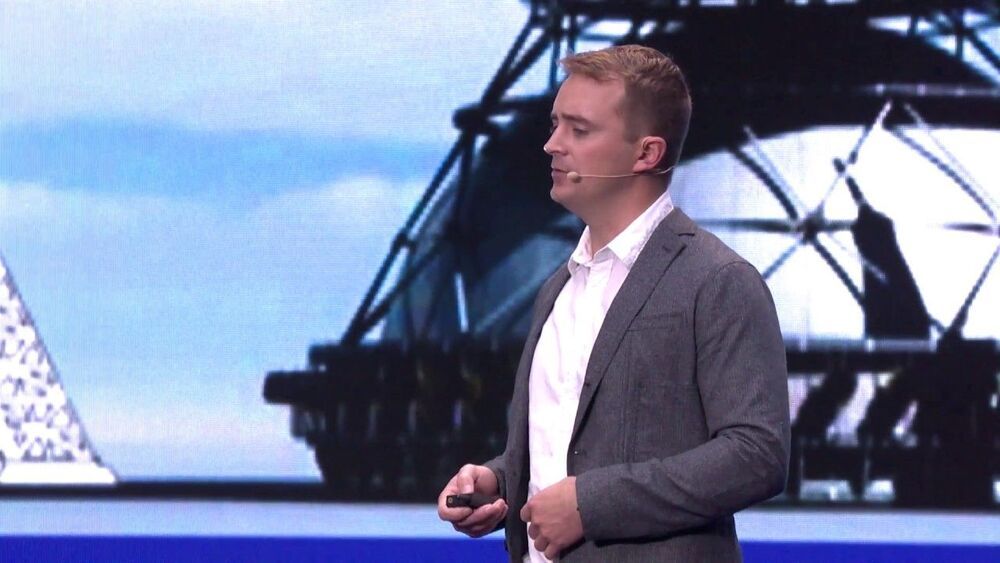😃
Last July, NASA successfully launched the Mars Perseverance rover into space. After traveling for 203 days and 300 million miles at the speed of about 24600 miles per hour, NASA Perseverance Rover landed on Mars on February 18, 2021. Today, the top speed ever reached by NASA ion thruster-powered spacecraft is 200000 mph.
So, what about if NASA wants to explore other planets like Proxima b which is 4.24 light-years away? Unfortunately, we can’t. The current rocket propulsion technology hasn’t changed significantly since it was originally developed in the 1920s. As astronaut Scott Kelly pointed out, it’ll take us 800000 years to get to the TRAPPIST-1 star system. However, with today’s current space propulsion technology.
At this point in human history, every rocket we’ve ever launched into space is propelled by chemical-based fuel–solid or liquid fuel. NASA and private space agencies use both fuels rely on this fuel technology to get rockets off Earth. Unfortunately, this type of rocket fuel is very limiting and not suitable for manned interstellar travel.
